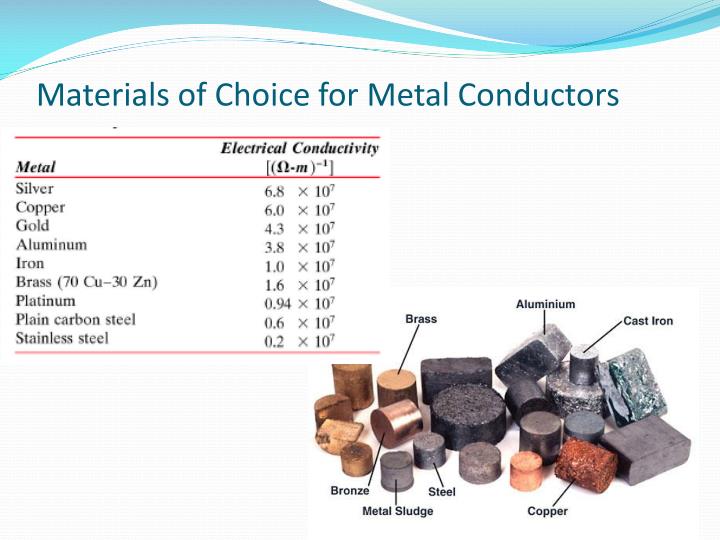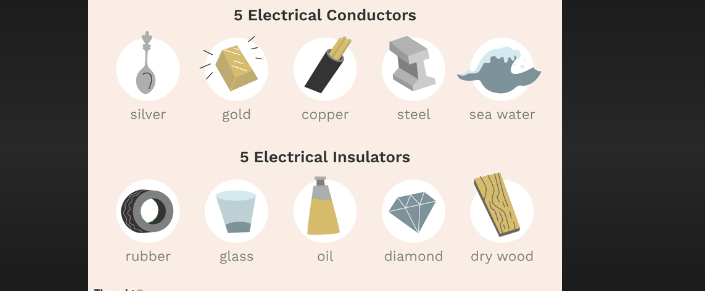Which Materials Are Most Conductive? Exploring the Conductivity Hierarchy of Various Substances
Understanding the conductivity of different materials is essential in various fields, including electronics, engineering, and physics. In this article, we will delve into the world of material conductivity and explore the hierarchy of substances from most conductive to least conductive. By examining the properties and applications of these materials, we can gain valuable insights into their conductivity capabilities.

Material of choice for metal conductors
1. Introduction to Material Conductivity:
Before diving into the conductivity hierarchy, it's crucial to grasp the concept of material conductivity. Explore the definition of conductivity and its significance in various industries. Gain a foundational understanding of how materials conduct electricity and the factors that affect their conductivity.
2. Metals: The Conductivity Champions:
Metals are renowned for their exceptional conductivity. Discover why metals excel in transmitting electrical currents and explore the most conductive metals. From copper to silver and gold, learn about their unique properties and widespread applications in electrical and electronic devices.
3. Superconductors: Unparalleled Conductivity:
Superconductors take conductivity to another level by exhibiting zero electrical resistance at low temperatures. Dive into the fascinating world of superconductivity and explore the materials that can achieve this remarkable state. Understand the potential applications and challenges associated with superconductors.
4. Semiconductors: The Middle Ground:
Unlike metals and superconductors, semiconductors possess intermediate conductivity properties. Explore the characteristics of semiconductors and their pivotal role in modern technology. Learn about popular semiconductor materials such as silicon and germanium, and how their conductivity can be manipulated for specific applications.
5. Insulators: The Conductivity Limit:
At the other end of the spectrum, insulators exhibit minimal conductivity. Discover why insulating materials, such as rubber and plastic, impede the flow of electric current. Explore their vital role in electrical insulation and safety, as well as their applications in various industries.
6. Composite Materials: Mixing Conductivity:
Composite materials combine the characteristics of different substances to achieve specific properties, including conductivity. Learn about composite materials that exhibit unique conductivity profiles due to the incorporation of conductive fillers. Explore how these materials are utilized in specialized applications, such as aerospace and automotive industries.
7. Applications and Importance:
Understanding the conductivity hierarchy of materials is crucial for numerous applications. Explore the practical implications of material conductivity in fields like electronics, power transmission, telecommunications, and renewable energy. Gain insights into how conductivity knowledge drives technological advancements.

Top 5 electrical conductor and isulator
The conductivity hierarchy of materials provides valuable insights into their electrical properties and applications. From highly conductive metals and superconductors to semiconductors and insulators, each material plays a critical role in various industries. By understanding their conductivity capabilities, scientists, engineers, and researchers can make informed decisions when selecting materials for specific applications. Whether it's transmitting electricity, insulating, or harnessing the unique properties of composites, the conductivity hierarchy guides us in utilizing materials effectively in the modern world.